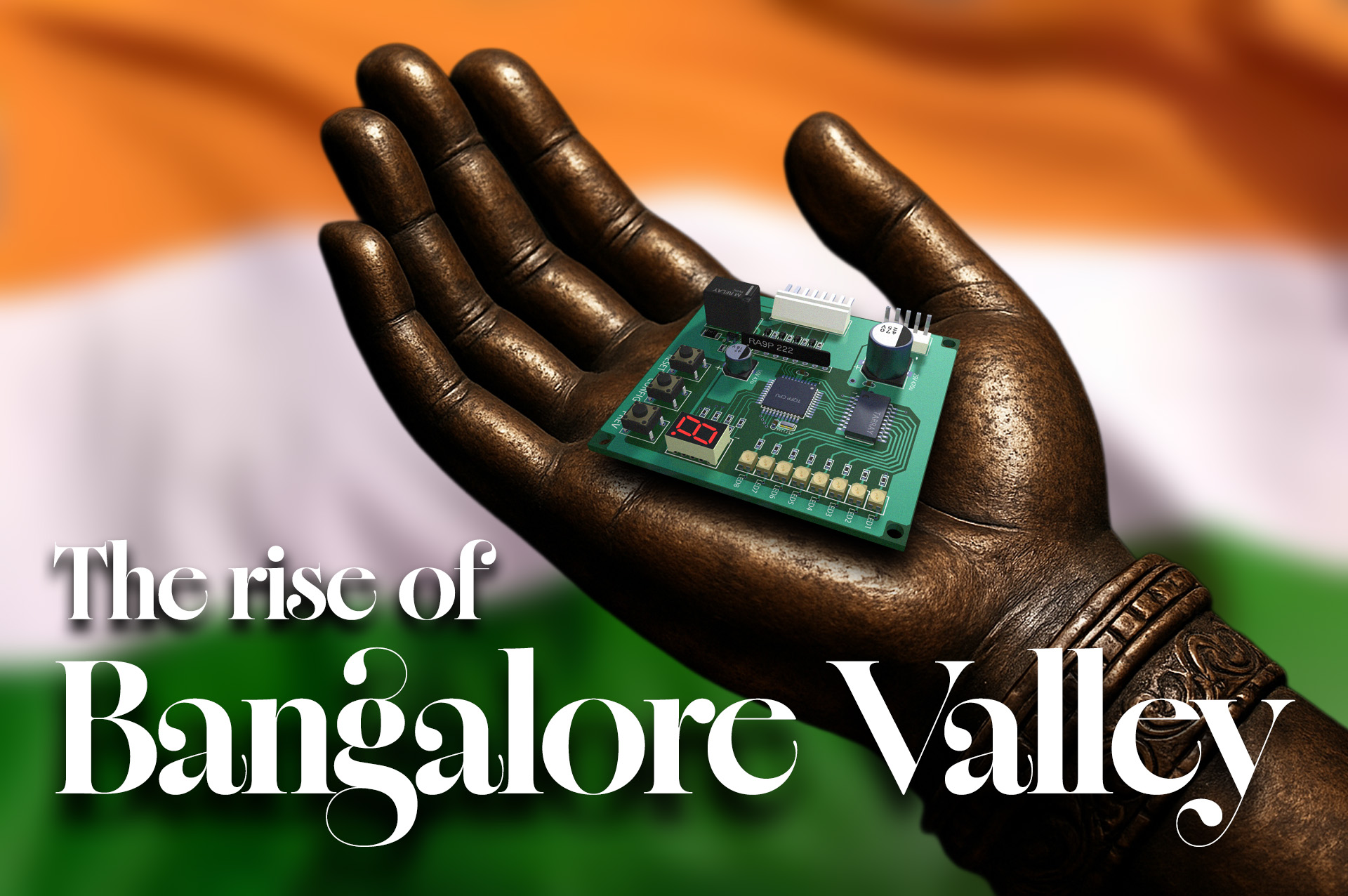Published
31 October 2025
Written by Luke Forster
India’s rise as a global semiconductor player has been long anticipated, but nowhere is its potential more visible than in Bangalore, the city known as India’s Silicon Valley. With its perfect mix of talent, education, and government support, Bangalore has become the country’s engine for electronics design, manufacturing, and research and development (R&D).
The Rise of Bangalore’s Engineering Ecosystem
Bangalore’s unique appeal starts with its environment – “the weather attracts the talent.” The pleasant climate has historically drawn highly skilled professionals who can afford to live and work there, reinforcing its role as a technical magnet. Around the city, a dense network of universities feeds a constant supply of engineers into the ecosystem, creating a self-sustaining cycle of innovation and investment.
Large multinational corporations such as Google, Microsoft, and Maer have established major operations in the region, further strengthening its industrial base. This concentration of high-tech talent has led to Bangalore’s emergence as India’s most important location for semiconductor design, embedded systems, and product development. Engineers in the IoTand Processor spaces are finding fertile ground for collaboration and rapid prototyping in this thriving community.
The Role of Policy and Incentives
In 2020, the Government of India announced its Production Linked Incentive (PLI) Scheme, a $28 billion initiative to boost domestic design and manufacturing. Although disbursement has been slower than planned — with only $1.7 billion allocated as of early 2025 — the programme’s long-term vision remains clear: make India a self-reliant electronics superpower.
These incentives, coupled with geopolitical shifts, are drawing manufacturing and R&D operations that might previously have gone to other countries. For many global firms, India offers a rare combination of cost-effective manpower and a young, technically skilled workforce, especially in sectors like AI, Automotive, and Industrial.
Beyond Bangalore: A National Opportunity
While Bangalore remains the hub, experts agree that India’s semiconductor opportunity extends nationwide. Cities such as Pune, Hyderabad, and Chennai are developing rapidly as new manufacturing and design clusters. Companies investing early stand to gain the most from this trend. For teams focused on Edge computing or Scalability in production, these cities offer unique regional advantages and government-backed infrastructure.
The Next Decade for India’s Semiconductor Industry
“Within ten years, India will be the next China.” The data supports this claim: India consistently ranks second or third worldwide in design asset downloads, signalling a fast-growing design culture that’s finally being recognised.
For semiconductor companies, the message is clear. Engaging with India now is a strategic imperative, not an experiment. The engineers are ready, the policy framework exists, and the market is accelerating. Bangalore may have started as a pleasant-weather city, but it now stands as the global gateway to India’s semiconductor future.
Comments are closed.

Comments
No comments yet